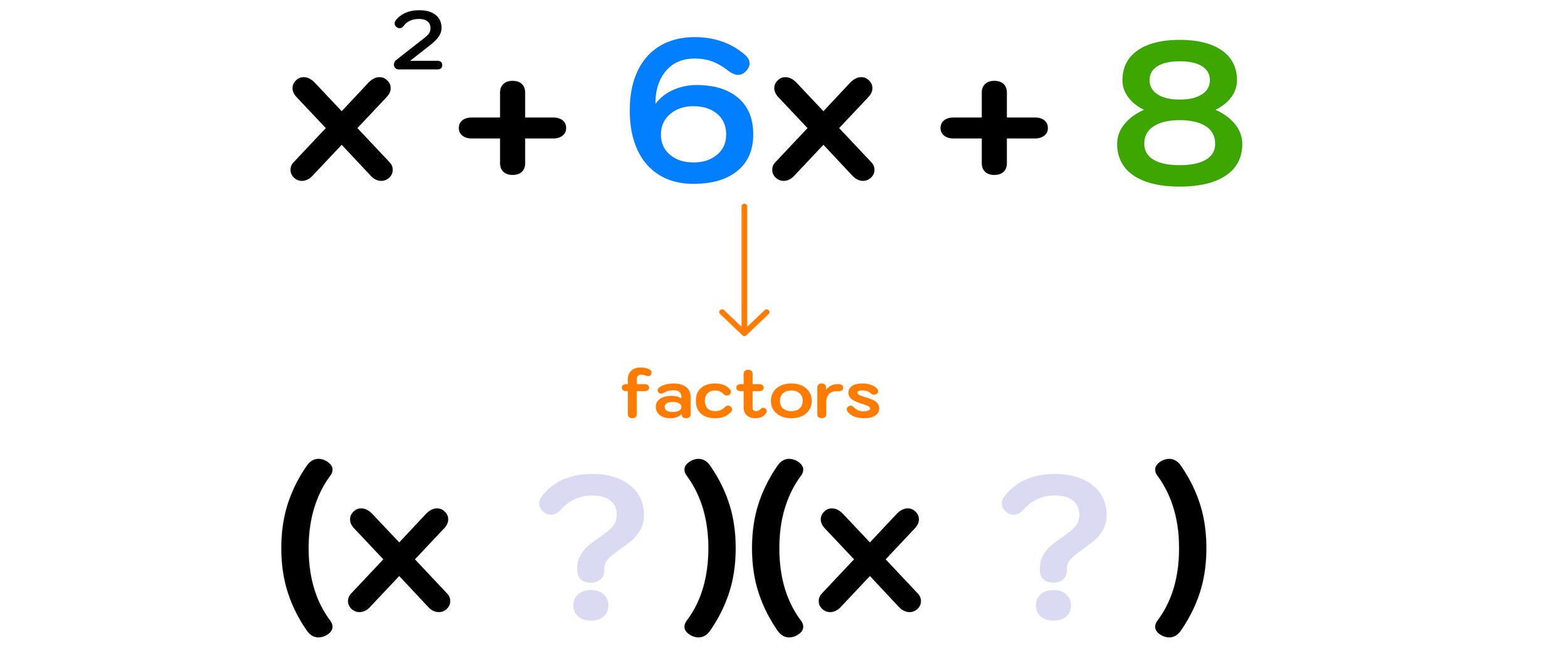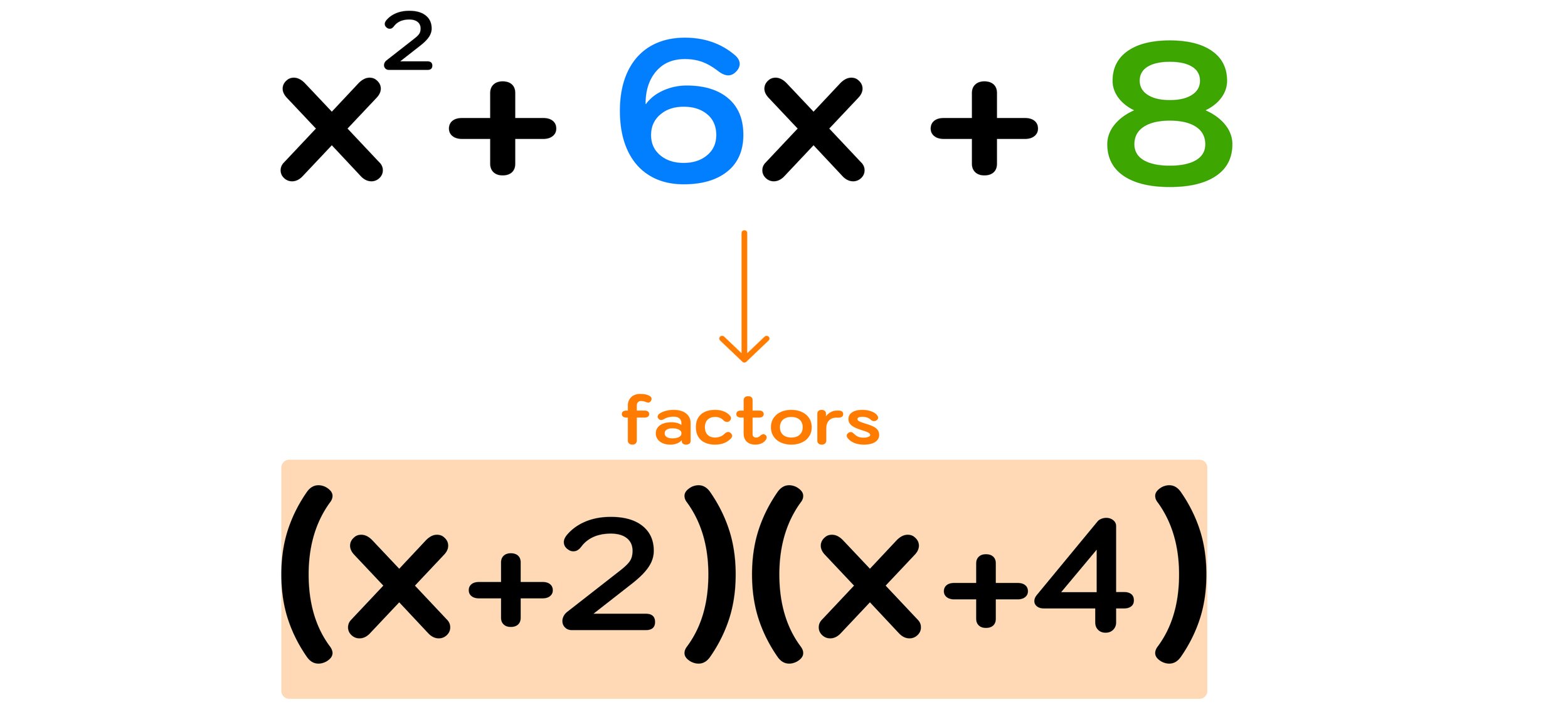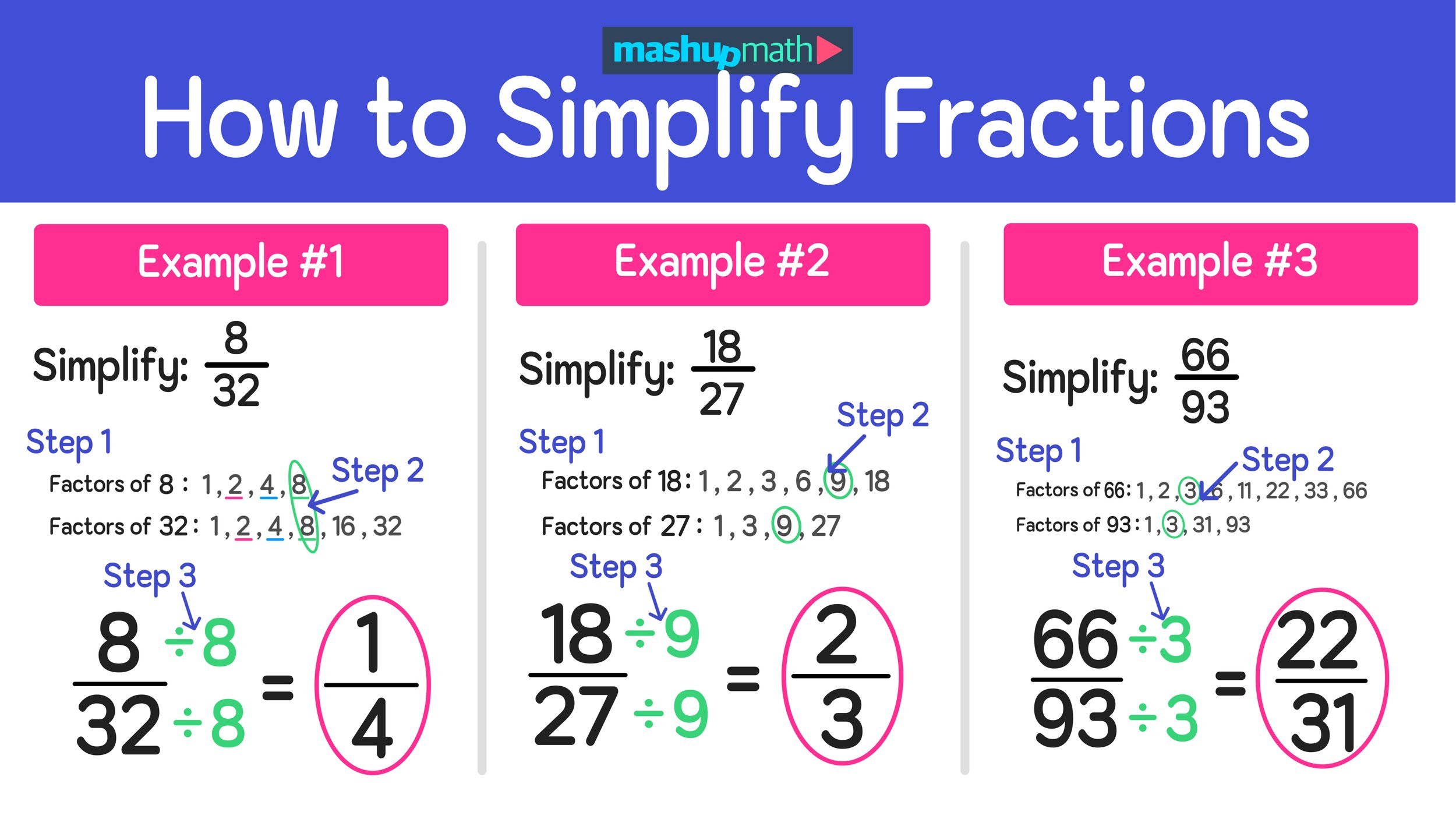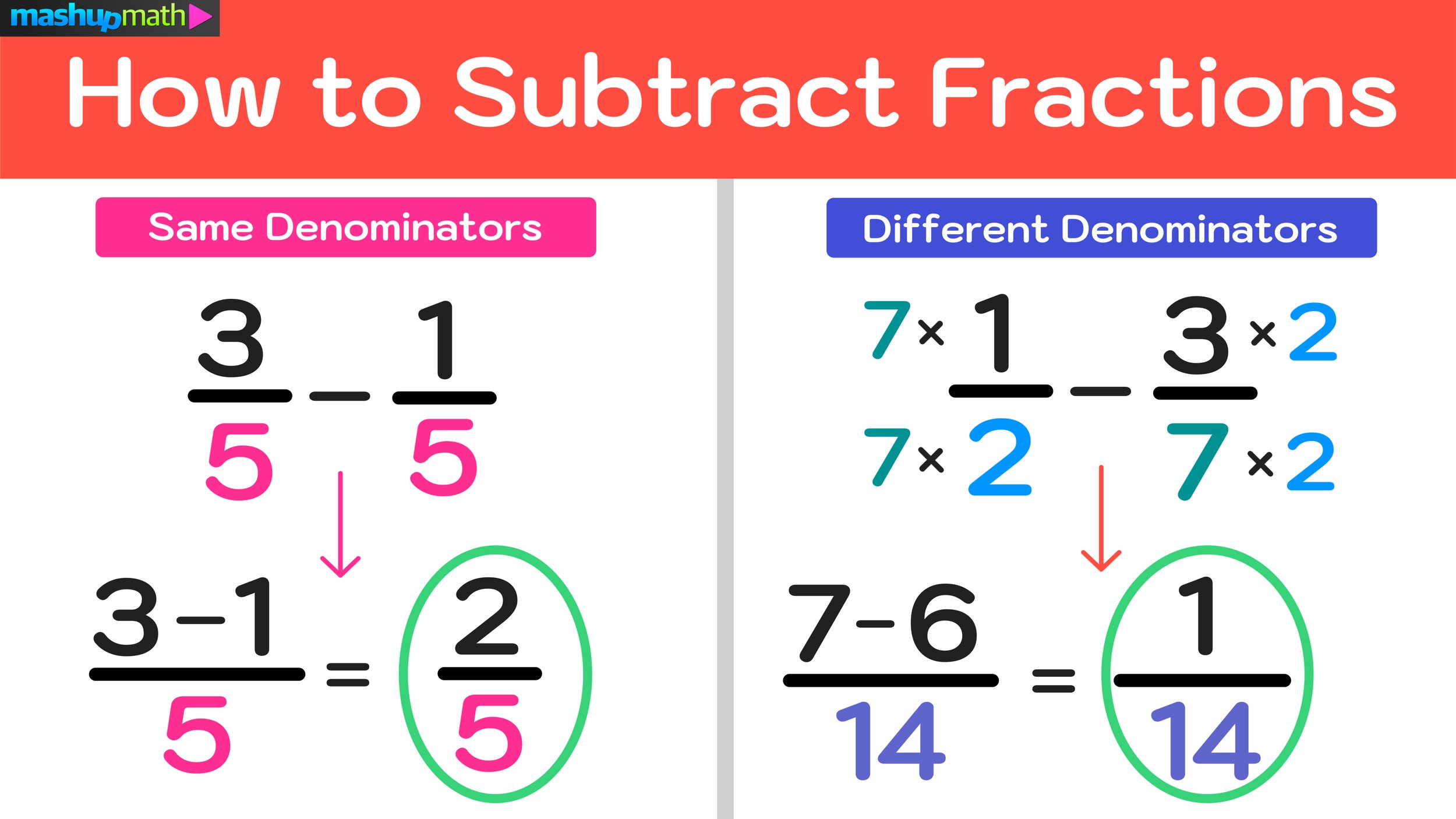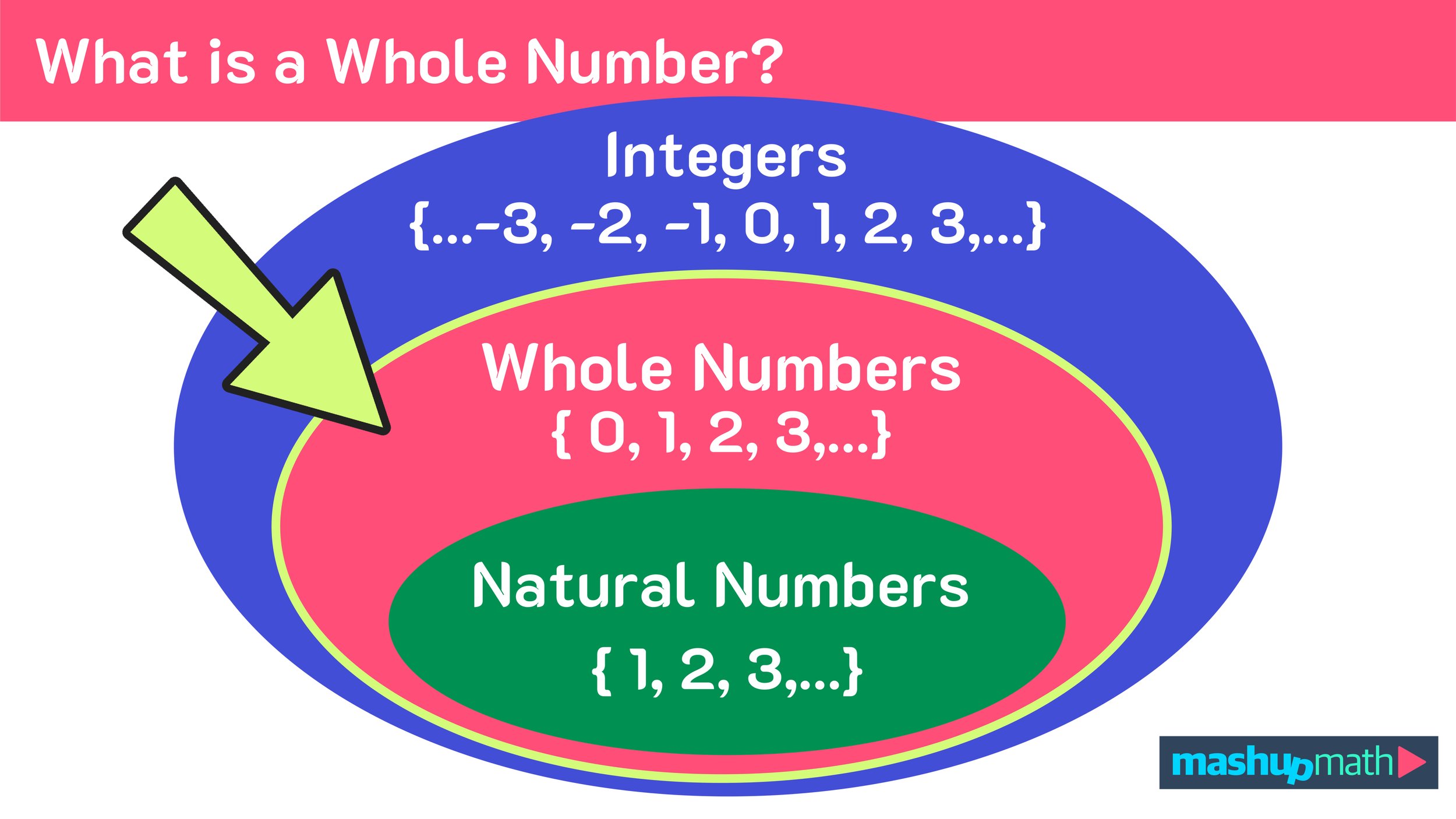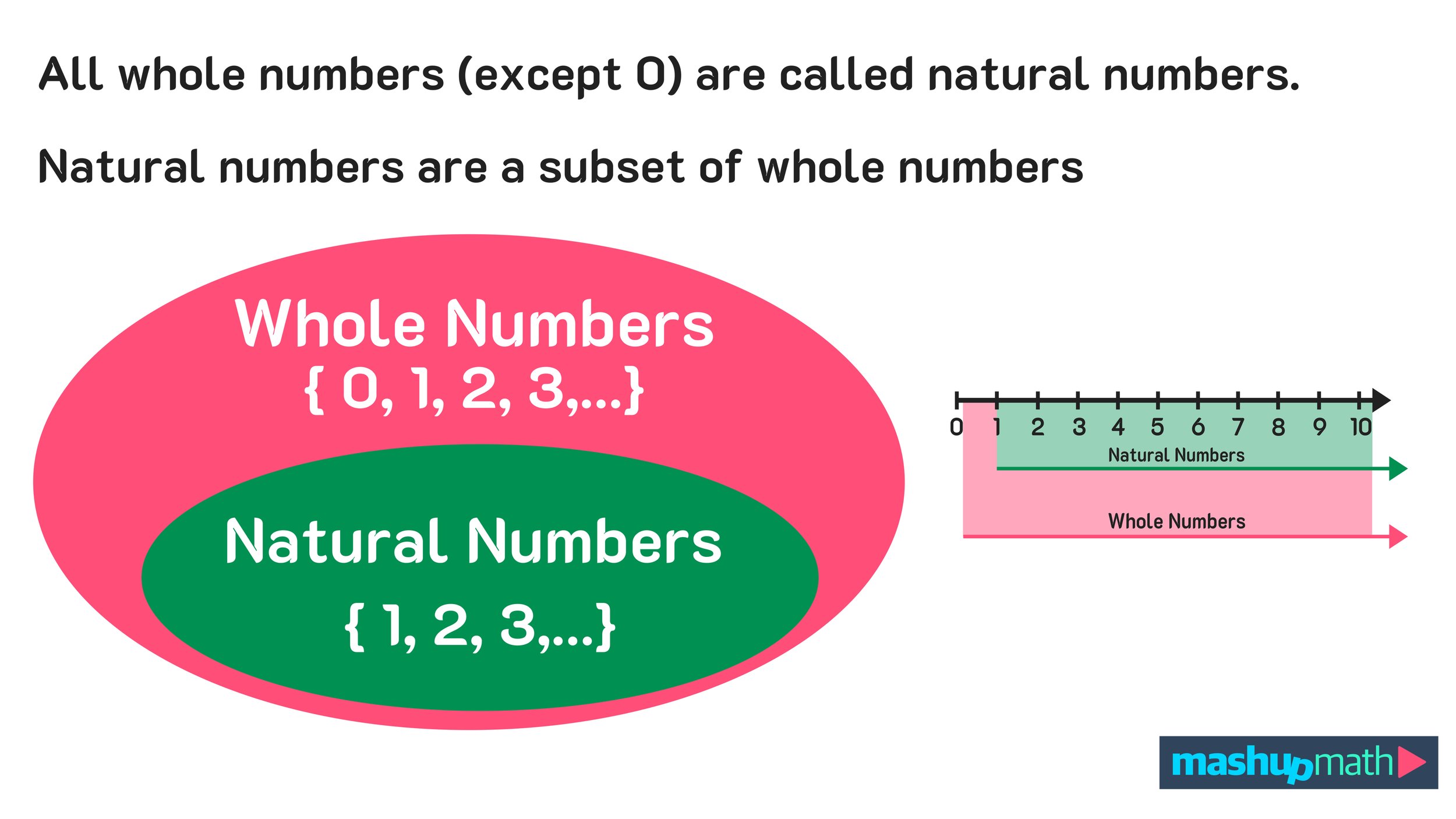Are you looking for some fun, printable math puzzles for middle school students?
These 5 math puzzles will engage your students and get them thinking creatively and visually about math topics including fractions, areas models, the order of operations, and even algebra!
So, can your middle schoolers solve these fun middle school math puzzles? Let’s get started and find out!
Math Puzzles for Middle School Students #1
This first math puzzle for middle school challenges students to use their knowledge of the order of operations to find the value of each symbol (the hamburger, the taco, and the pizza) and the ‘?’ in the puzzle below.
Solution: Pizza = 3, Hamburger = 2, Taco = 8
Math Puzzles for Middle School Students #2
The second math puzzle is a Multiplication Table activity where students have to use their knowledge of multiplication and multiplication facts to find the value of each symbol in the grid below.
Solution: Volcano = 1, Statue of Liberty = 3, Rocket = 6, Race Car = 2, Ferris Wheel = 18
Math Puzzles for Middle School Students #3
Our third math puzzle for middle school students is a math logic puzzle that challenges students to use their number sense to recognize numerical patterns to solve the puzzle.
Solution: Multiple solutions exist using each value only once.
Math Puzzles for Middle School Students #4
The next middle school math puzzle is an area model problem where students have to find the value of each symbol to complete the area model and determine which two numbers are being multiplied together.
Solution: Pretzel = 8, Mustard = 3, Chocolate-Covered = 50, Salt = 40, Sticks = 24
Math Puzzles for Middle School Students #5
The final math puzzle for middle school students is a fraction model puzzle where students are tasked with using their knowledge of fractions to find the value of each symbol.
Solution: Pink = 16, Chocolate = 8, Purple = 2, Ice Cream Cup = 24, Ice Cream Cone = 3
Are you looking for more daily math challenges and puzzles to share with your kids?
My best-selling workbook 101 Math Challenges for Engaging Your Students in Grades 3-8 is now available as a PDF download. You can get yours today by clicking here.



















